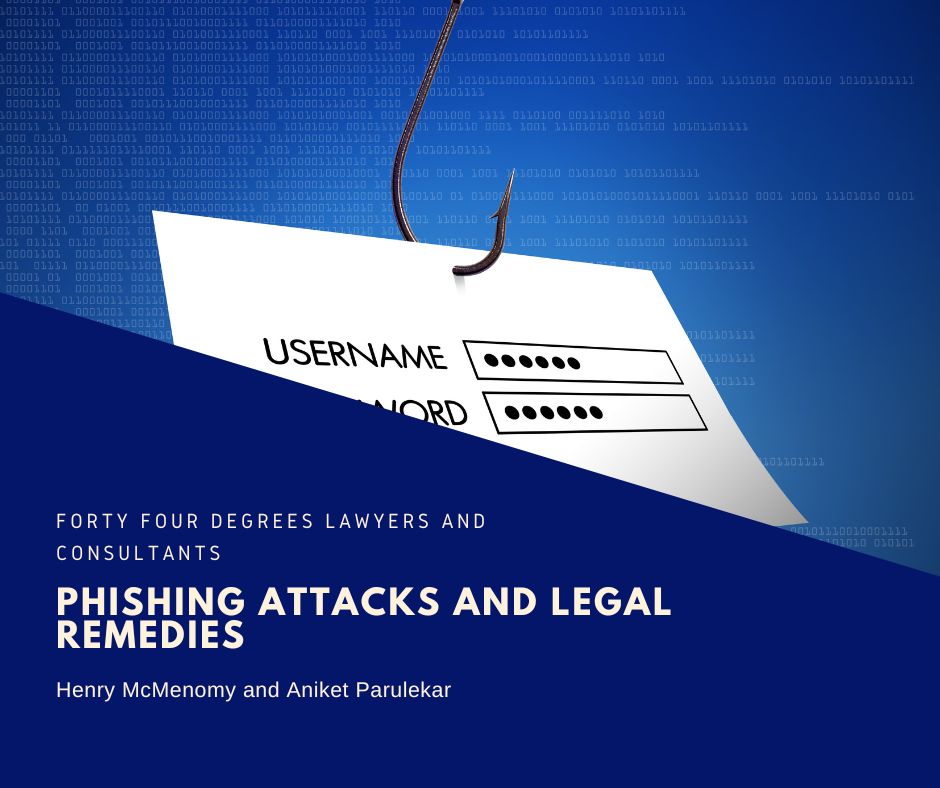Technology and Startup Law


Businesses we nurture
-
MDDA List Item 1
The Metabolic Dietary Disorders Association (MDDA), a national self-help group, was founded in 1996 by parents to support other families and individuals affected by Inborn Errors of Metabolism (IEMs) which are rare genetic disorders.
The MDDA supports and represents families and individuals affected by a genetic Inborn Error of Metabolism whereby treatment involves a medically controlled diet.
-
Ballarat Foto List Item 2
“A thing that you see in my pictures is that I was not afraid to fall in love with these people.”
— Annie Leibovitz
The Ballarat International Foto Biennale was founded in 2005 and attracts significant International and Australian photographers as one of Australia’s pre-eminent photographic festivals.
It is a not-for-profit event that immerses the historic town of Ballarat in photographic art.
-
Mod Markit List Item 3
A business that gives diverse designers voice.
Mod Markit thrives on sisterhood and good vibes. By creating a sustainable platform for mixing personal style and diverse brands, we celebrate modest fashion!
Contact Us
We’re an Australian Law Firm promoting a nuanced, personal touch. We have the skills you need to resolve your case quickly and with a positive outcome. Our straight talking team stays close to simplify what is most often a complicated process. We help individuals and businesses with technology and startup law, property law including conveyancing and leasing, commercial law, civil litigation, wills, estates, bankruptcy, insolvency, criminal law, and professionals facing investigations and charges from their regulatory body.
We have a connected network of talented lawyers in Melbourne CBD, Dandenong, Ballarat, and Ivanhoe East.
Fill out the form or call us on 1300 892 237.
We will get back to you as soon as possible
Oops, there was an error sending your message.
Please try again later or call us on 1300 892 237.

